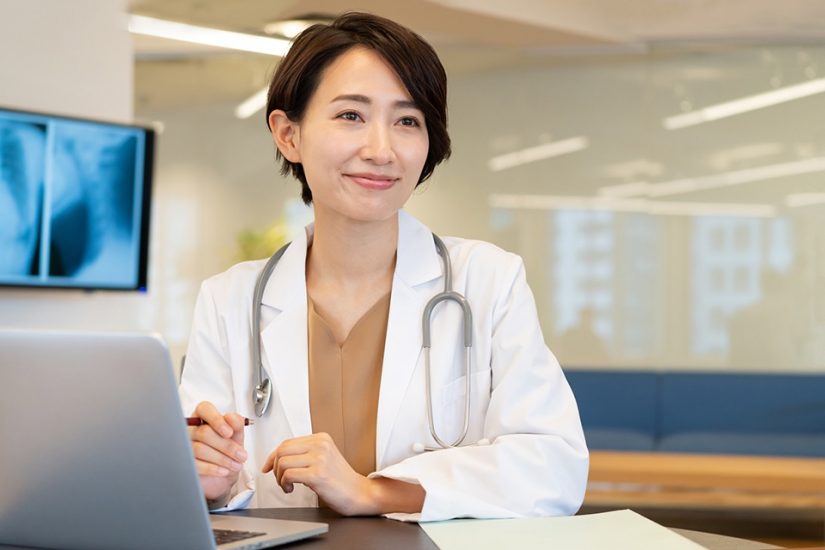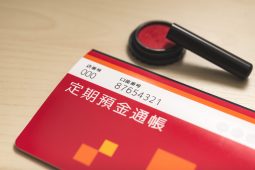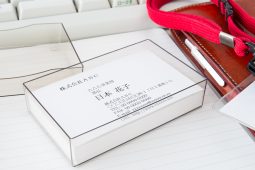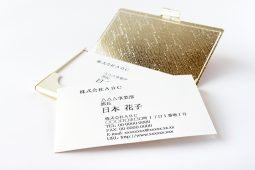Medical care in Japan is generally very reliable, efficient, and affordable. In this article we will look at the key points you need to know to access appropriate healthcare in Japan.
Health Insurance
If you are resident in Japan for longer than 3 months then you are legally required to register into one of two kinds of health insurance. These are the National Health Insurance program (called 国民健康保険 kokumin-kenkō-hoken) or the Employees’ Health Insurance program (called 健康保険 kenkō-hoken). National Health Insurance is basically for self-employed people, the unemployed, or for students, who will have to pay a monthly premium which is calculated on their income. If you are working full-time for a company then that company should enroll you in Employee’s Health Insurance. In that case, your company will pay for half of your monthly premium and the rest will be deducted automatically from your monthly salary. Again how much you pay is calculated based on your income. Once in a health insurance program you will receive a personal health insurance card. You should present this card at the reception of any clinic or hospital you visit so that you don’t have to pay the full bill. If you have your health insurance card the government will pay 70% or more of the bills for general healthcare, consultations, and prescription drugs and you will have to cover the rest.
Types of Medical Institution
Strictly speaking Japan does not have a General Practitioner (GP) system and patients should seek out a specialist for their particular problem. However, in practice the first place to go for primary care is a local clinic specializing in internal medicine which is called 内科 or naika in Japanese. This is where you would go for non-serious ailments such as colds, allergies, minor abrasions, or upset stomachs. If the doctor there thinks you have a more serious problem he or she will refer you to a specialist. If you receive a prescription from your doctor you may receive the drugs directly at the clinic or you may have to go to a separate pharmacy and pay for the drugs separately there. In particular for allergies it is recommended that you visit a clinic or hospital for your condition as over-the-counter medicine can be quite weak compared to prescription drugs which are much more effective.
If you have a referral for a more serious problem you may visit a 総合病院 (sōgō byōin) or general hospital. General hospitals have multiple departments covering different specialties and are better equipped for more detailed examinations.
Emergency hospitals are called 救急病院 (kyūkyū byōin) and are open 24 hours a day and 365 days of the year.It is a good idea to find out in advance where your nearest emergency hospital is just in case you ever need it. If you need to call an ambulance the easiest thing to do is to ask a nearby Japanese person to call one for you:救急車を呼んでください。
kyūkyūsha o yonde kudasai.
“Please call an ambulance.”
The emergency number in the case of fire, accident or medical emergency is 119. You should say “kyūkyū desu” to ask for an ambulance and then clearly state your name, address, and telephone number.
Finding a Doctor
Japan Hospital Search is a useful website which aims to help international residents find hospitals with English-speaking staff. The Japan National Tourism Agency also has a search page for finding appropriate medical institutions. However, personal recommendations go a long way to putting your mind at rest, so be sure to ask your friends and colleagues if they know a good local doctor that you can see for your particular condition.
Visiting a Doctor
On arriving at the reception of a hospital or clinic tell them that this is your first time and give them your health insurance card. Normally you will then be asked to fill out a form detailing your current condition and your medical history. You will then wait with other patients in the waiting room until called to the examination room for your consultation with the doctor. After that return to the waiting room until called to reception where you will receive a patient registration card, your prescription, and then you will pay your bill. Remember to bring both your patient registration card and health insurance card on future visits.








